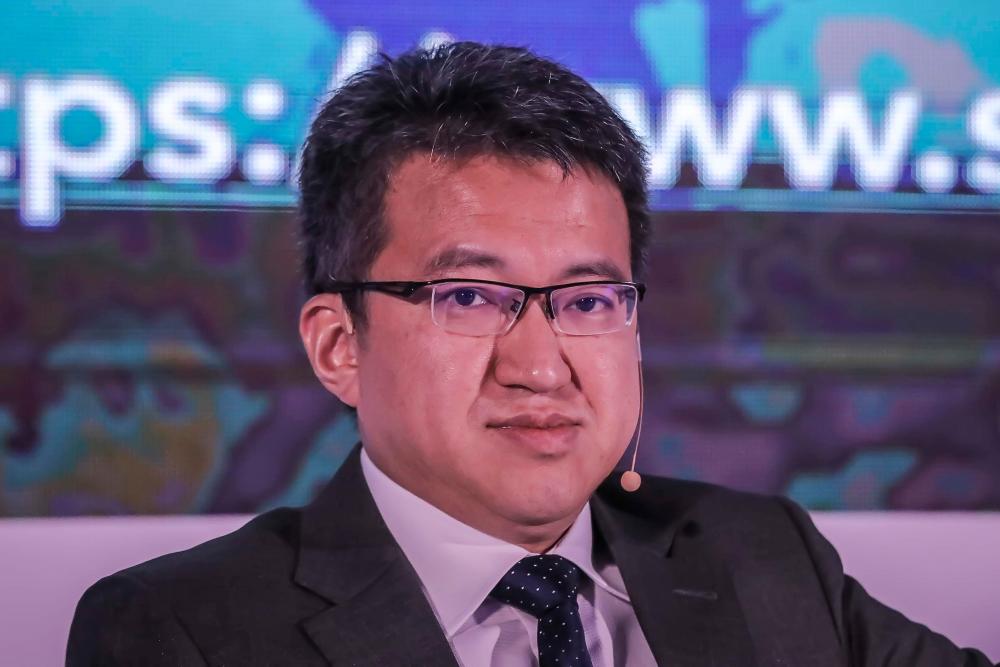KUALA LUMPUR: Malaysia is well positioned to lead economic and industrial opportunities within the Asean region via the initiatives outlined under the Madani Economy Framework, New Industrial Master Plan (NIMP 2030) and National Energy Transition Roadmap (NETR) that serve as catalysts to attract high-value investments, said Deputy Investment, Trade and Industry Minister Liew Chin Tong.
As a gateway to Asean, the deputy minister said Malaysia is well equipped with an English-speaking workforce, a stable political climate, an established Common Law framework and a mature business environment.
“Crucially for Malaysians, we must drive transfer of skills and knowledge, high-skilled employment and more equitable distribution of wealth with the goal of building a stronger middle-class society,” he said in a statement issued by Economist Intelligence Corporate Network (EICN), supported by Maybank in conjunction with a session organised on Trade and Industry in Transition.
Liew was quoted saying that the region’s promising growth prospects and the rise of its middle class have made member countries attractive as both production hubs and destination markets.
He added that global megatrends of geopolitical shifts, digitalisation and green transition have also benefitted Malaysia and Asean.
“Therefore, it is an opportunity for Asean countries to collaborate to create a vertically integrated and connected regional supply chain, to achieve significant industrial growth together,” he said.
EICN said that Asean recorded a steady rise in foreign direct investment (FDI) flows in recent decades, accounting for 17 per cent of the world’s total FDI inflows in 2022, up significantly from 2.7 per cent in 2002.
It said Malaysia attracted US$16.9 billion in FDI in 2022, a historic high that exceeds the 2021 figure by nearly 40 per cent. (US$1 = RM4.70)
“The U$14.6 billion average for 2021-2022 versus the U$10 billion annual average in the 2010s reinforced Malaysia’s position as an attractive investment destination.
“Growth in global goods trade will begin to rebound by early 2024, translating into stronger factory activity in Asia, with firmer activity in China also supporting shipments of raw materials and intermediate goods sourced from elsewhere in the region. A recovering electronics cycle will assist global trade,” it said.
EICN Southeast Asia director Sumana Rajarethnam said the Economist Intelligence Unit, the Economist Group’s research unit, forecasted that Southeast Asia’s gross domestic product (GDP) would grow by an average of 4.6 per cent a year from 2023-27, almost double the global growth average of 2.5 per cent for the same period. -Bernama









